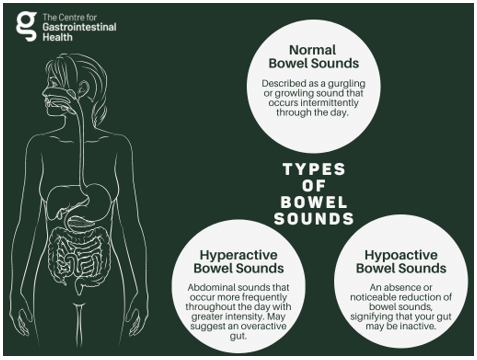A nurse is caring for a client who was admitted for observation following a head injury. Which of the following findings by the nurse indicates the client is experiencing increased intracranial pressure?
Pin-point pupils
Irritability
Pallor
Decreased blood pressure
The Correct Answer is B
A. Pinpoint pupils are more commonly associated with opioid intoxication or damage to the pons rather than increased intracranial pressure (ICP). Increased ICP typically causes pupils to become dilated and sluggish or nonreactive to light
B. Irritability can be an early sign of increased intracranial pressure. As pressure within the skull rises, it can affect the brain's ability to function normally, leading to changes in behavior such as restlessness, agitation, or irritability.
C. Pallor is not directly associated with increased intracranial pressure. It might indicate other issues such as anemia or poor circulation, but it is not a specific sign of increased ICP.
D. Increased intracranial pressure typically leads to hypertension (increased blood pressure) as part of the Cushing's triad, which includes hypertension, bradycardia, and irregular respirations. Decreased blood pressure would not be a typical finding associated with increased ICP.
Nursing Test Bank
Naxlex Comprehensive Predictor Exams
Related Questions
Correct Answer is A
Explanation
a. Sounds are high-pitched.
Hyperactive bowel sounds are bowel sounds that are louder and more frequent than normal. They may be heard as high-pitched rushing or tinkling sounds that occur irregularly at a rate greater than 5-6 sounds per minute. They are often associated with increased intestinal motility, such as in diarrhea, gastroenteritis, or early bowel obstruction.
Option b is incorrect because hyperactive bowel sounds are not typically associated with a paralytic ileus, which is a condition where the bowel stops working and there is a lack of bowel sounds.
Option c is incorrect because hyperactive bowel sounds indicate increased motility, not decreased motility.
Option d is incorrect because soft bowel sounds at a rate of 1/min are considered hypoactive bowel sounds, which can be a sign of decreased intestinal motility, as seen in constipation or postoperative ileus.

Correct Answer is D
Explanation
In Hinduism, cremation is the traditional and preferred method of handling the deceased. It is important for the nurse to be culturally sensitive and respectful of the family's religious beliefs and practices while providing postmortem care.
Whether you are a student looking to ace your exams or a practicing nurse seeking to enhance your expertise , our nursing education contents will empower you with the confidence and competence to make a difference in the lives of patients and become a respected leader in the healthcare field.
Visit Naxlex, invest in your future and unlock endless possibilities with our unparalleled nursing education contents today
Report Wrong Answer on the Current Question
Do you disagree with the answer? If yes, what is your expected answer? Explain.
Kindly be descriptive with the issue you are facing.
